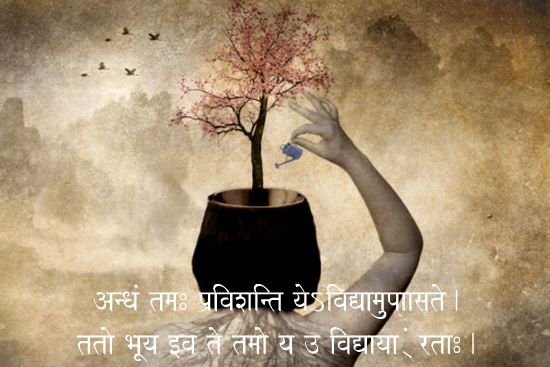The emperor called himself as Gauthamiputra Satakarni which meant Gauthami’s son Satakarni. Gauthami referred to his mother, Gauthami Balashri. The Satavahanas, also known as the Andhras were an ancient Indian empire whose rule lasted from 1st century BCE to 2 century CE.
Their name from the Munda words Sadam (“horse”) and Harpan (“son”), implying “son of the performer of a horse sacrifice”. Several rulers of the dynasty bear the name or title “Satakarni”. Satavahana, Satakarni, Satakani and Shalivahana appear to be variations of the same word. Damodar Dharmanand Kosambi theorized that the word “Satakarni” is derived from the Munda words sada (“horse”) and kon (“son”).
The Puranas use the name “Andhra” for the Satavahanas. The term “Andhra” may refer to the ethnicity or territory of the dynasty.
Simuka is mentioned as the first king in a list of royals in a Satavahana inscription at Naneghat. The various Puranas state that the first king of the dynasty ruled for 23 years, and mention his name variously as Sishuka, Sindhuka, Chhismaka, Shipraka, etc. These are believed to be corrupted spellings of Simuka, resulting from copying and re-copying of manuscripts. Simuka cannot be dated with certainty based on available evidence. Based on the following theories, the beginning of the Satavahana rule is dated variously from 271 BCE to 30 BCE. According to the Puranas, the first Andhra king overthrew the Kanva rule. He is named as Balipuccha in some texts.
the Satavahana rule began in the first century BCE and lasted until the second century CE. This theory is based on Puranic records as well as archaeological and numismatic evidence. The oldest Satavahana inscription is the one found on a slab of the upper drum (medhi) of the Kanaganahalli Great Stupa mentioning year 16 of Vasisthiputra Sri Chimuka Satavahana’s reign, which can be dated from ca. 110 BCE.
Until their extinction by the Gupta Empire. Yajna Sri was succeeded by Madhariputra Swami Isvarasena. The next king Vijaya ruled for 6 years. His son Vasishthiputra Sri Chadha Satakarni ruled for 10 years. Pulumavi IV, the last king of the main line, ruled until c. 225 CE. During his reign, several Buddhist monuments were constructed at Nagarjunakonda and Amaravati. Madhya Pradesh was also part of his kingdom.
After the death of Pulumavi IV, the Satavahana empire fragmented into five smaller kingdoms:
- Northern part, ruled by a collateral branch of the Satavahanas (which ended in early 4th century)
- Western part around Nashik, ruled by the Abhira dynasty
- Eastern part (Krishna-Guntur region), ruled by the Andhra Ikshvakus
- South-western parts (northern Karanataka), ruled by the Chutus of Banavasi
- South-eastern part, ruled by the Pallavas.
